Laws of Friction
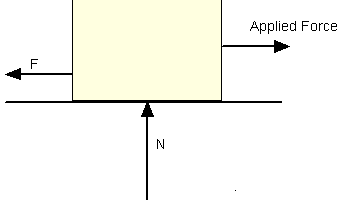
Coulomb in 1781 conducted several experiment on t he friction of plane on dry surface. On the basis of his experiments he stated some laws of friction which as follows – Law of static friction Law of
Difference between drift current and diffusion current
Drift current Diffusion current Under the action of electric field the charge carriers in the semiconductor material stops moving randomly and start drifting towards or away the applied electric field depends upon their nature. This drift of
Why holes are not generated in metals
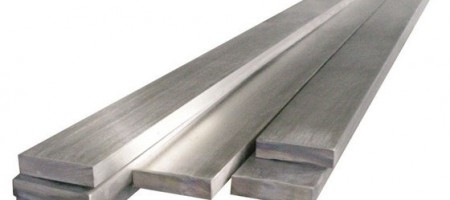
Vacancy of electron created in the valance band of solid due to the upward transition of electron is called hole. In case of semiconductor valance and conduction bands are separated by a gap and hence electron can
Force of friction and their types

Friction is the property of two surfaces is contact by virtue of which each surface resists the relative motion of the other surface. Thus when a body moves or tends to move tangentially with respect to the
Laser light and ordinary light difference
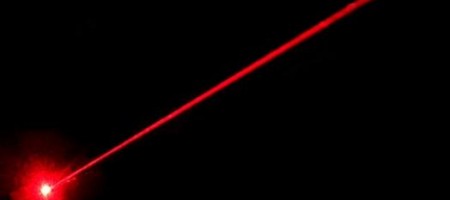
Laser light Ordinary light It is highly coherent. It is incoherent in nature. There coherence length as of the order of few km (Kilometer). There coherence length as of the order of few mm (Millimeter). It is
Working of optical fiber
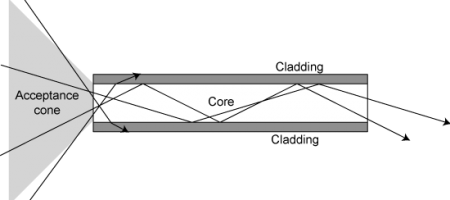
An optical fiber consists of a very thin transparent fiber designed to guide light wave along this length. It works on the principle of total internal reflection. When light enters one end of the fiber it undergoes
Difference between Polarized light and Unpolarized light
Polarized light Unpolarized light The oscillation is confined to only one plane. The oscillation occur in many plane It is absolutely coherent in nature. It is incoherent in nature. Its intensity depends on the nature of Polaroid
Losses in steam turbines
What are the steam turbines losses? Frictional loss in nozzle Sudden expansion loss Frictional loss in bearing Frictional loss in moving blade Steam level with same K.E. called as carry over losses Frictional loss in fixed blade
Application and advantages of sensors
Sensor Advantages Disadvantages Applications Limit Switch sensors High Current Capability Low Cost Familiar “Low-Tech” Sensing Requires Physical Contact with Target Very slow response Contact bounce Interlocking Basic End-of-Travel sensing Photoelectric sensors Sensor all kinds of materials Long
Difference between AC Servo Motor and DC Servo Motor
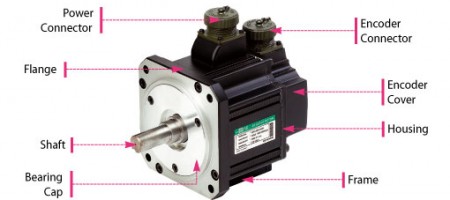
Following are main difference between AC servo motor & DC servo motor A.C. Servo Motor D.C. Servo Motor Low power output of about 0.5 W to 100 W. Deliver high power output. Efficiency is less about 5